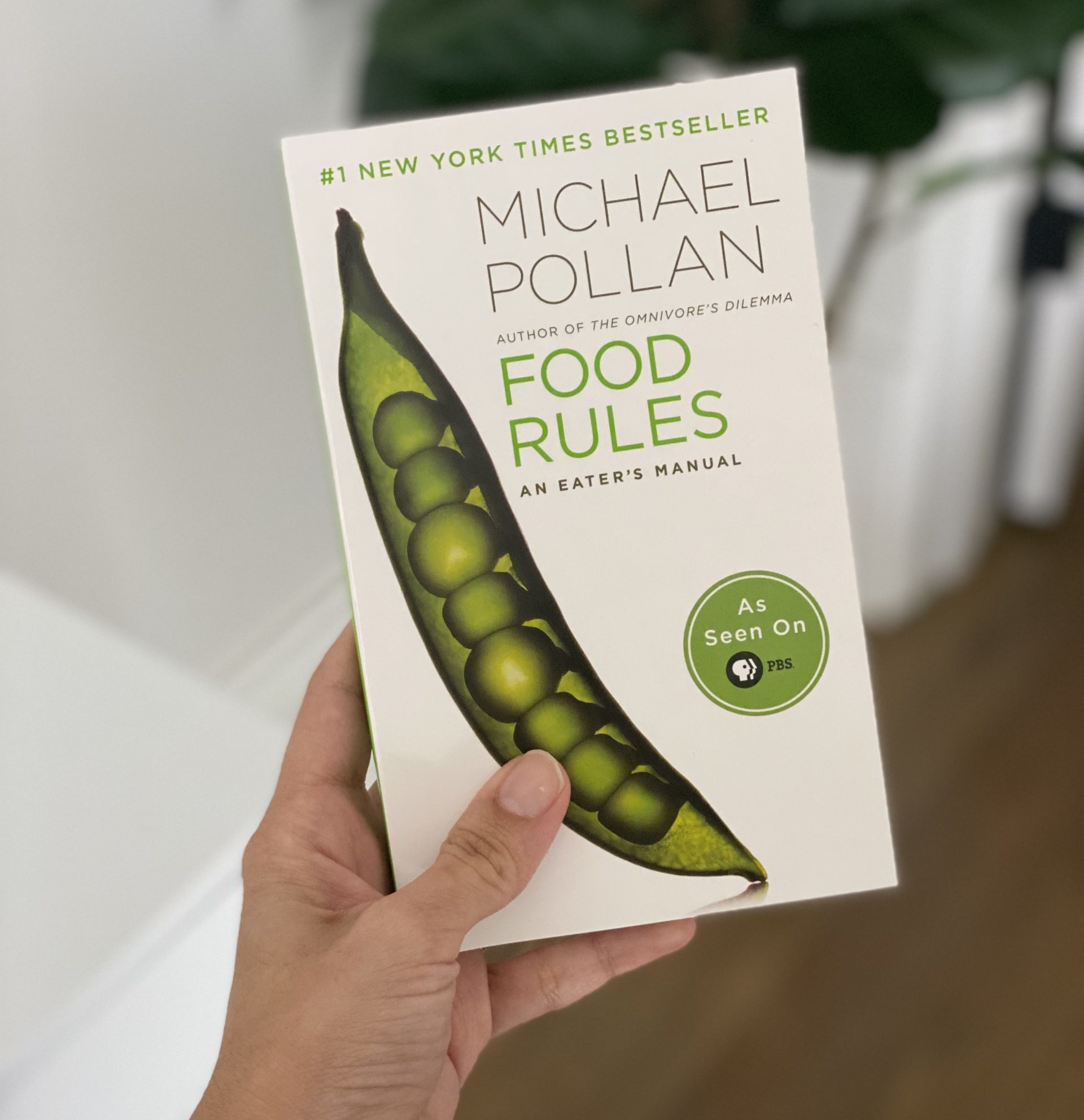If you have been a patient of mine at either Memorial Hermann or Stanford, you have probably heard me talk about this book. I have purchased this book SIX times according to Amazon. That’s because I put a copy in ALL of my exam rooms in both practices (until this was apparently not allowed anymore). So of course, it had to be the inaugural book for the Juniper Book Club.
Why am I obsessed with this book? It explains rules for healthful eating in the most basic, practical terms I’ve ever come across. The world of nutrition has gotten so complicated. Every few years the tides shift – there’s always a new fad diet in style and a new macronutrient as the villain. It easy to get overwhelmed and confused by all this information. And to be fair, nutrition is also just a murky science. So much of our data relies on observational studies that lend themselves to call kinds of biases. But Food Rules does an excellent job of explaining basic things we know for sure along with some practical tips for putting that knowledge to use.
The essence of the entire book boils down to a simple maxim: Eat food. Mostly plants. Not too much. What does that mean exactly?
- Eat Food. Actual food comes from the garden, the sea or the slaughter/henhouse and has less than 5 ingredients and no ingredients you cannot pronounce. If it never goes bad and you have a hard time understanding how it went from a plant/animal source to its current form (e.g. white bread, American cheese, Twinkies) it is NOT a real food. Stick to the perimeter of the grocery store. That’s where the good stuff is – fruits, veggies, meats, etc.
- Mostly Plants. Plant-based diets have numerous proven benefits including lower cardiovascular risk, cancer risk and inflammation. It’s also hard to eat excessively when you are eating mostly plants (which require a lot of chewing).
- Not Too Much. This section deals with how we should eat – slowly, mindfully, at home and with others. Our culture makes it common to not cook, overeat, snack all day, eat in front of the TV/on-the-go or race through our meal at work. All of this leads to less healthful eating, more mindless calories and generally less pleasure from food.
If you’re following me on Instagram (@soniasinghMD), you can tell this book has influenced me heavily. I like to make my meals (even ho-hum weekday lunches) an event. I despite eating on-the-go. Even if I’m eating a warmed up can of beans with some fixins, I make it pretty and make sure to sit at the table to enjoy it.
If you only read one book from the reading list year, make it this one. It’s a very quick read, less than 150 pages with large font. If you’re looking for a deeper give into the research that informed the rules, I also highly recommend Pollan’s, In Defense of Food.



